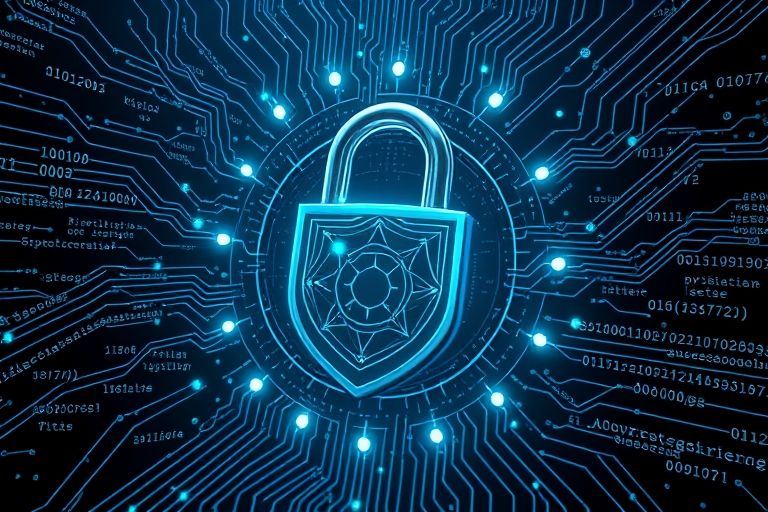The Vital Role of Cryptography in Cybersecurity
As technology continues to advance, the need for strong cybersecurity measures has become more pressing. Cybercriminals are constantly finding new ways to breach security systems and access sensitive data. Cryptography is an essential tool in the field of cybersecurity, and it plays a critical role in keeping our data safe. In this article, we will explore the importance of cryptography in cybersecurity and provide examples, statistics, and facts to support our argument.
What is Cryptography?
Cryptography is a technique used to secure communication and protect data from unauthorized access. It involves the use of mathematical algorithms to convert data into a code that can only be deciphered by those with the key to unlock it. Cryptography is used to secure data at rest (stored data) and data in transit (data being transmitted between two points).
Why is Cryptography Important in Cybersecurity?
Cryptography is an essential tool in cybersecurity, and it is used to protect sensitive data from cyber threats. Here are some reasons why cryptography is important in cybersecurity:
Data Confidentiality: Cryptography ensures that sensitive data is kept confidential by encrypting it and making it unreadable to anyone who does not have the key to unlock it.
Data Integrity: Cryptography helps to maintain the integrity of data by ensuring that it has not been tampered with during transit or storage.
Authentication: Cryptography is used to authenticate users and devices, ensuring that only authorized personnel can access sensitive data.
Non-Repudiation: Cryptography provides non-repudiation, which means that the sender of a message cannot deny sending it and the receiver cannot deny receiving it.
Examples of Cryptography in Cybersecurity
Cryptography is used in various applications to secure data and protect communication. Here are a few examples:
SSL/TLS: Secure Socket Layer (SSL) and Transport Layer Security (TLS) are cryptographic protocols used to secure communication on the internet. These protocols encrypt data in transit, ensuring that it cannot be intercepted by cybercriminals.
PGP: Pretty Good Privacy (PGP) is a cryptographic protocol used for email encryption. It provides end-to-end encryption, ensuring that only the intended recipient can read the message.
VPN: Virtual Private Networks (VPNs) use cryptography to create a secure connection between two points over the internet. This connection is encrypted, ensuring that the data transmitted between the two points is secure.
Statistics and Facts
Here are some statistics and facts that highlight the importance of cryptography in cybersecurity:
- According to a report by Cybersecurity Ventures, cybercrime is expected to cost $10.5 trillion annually by 2025.
- A study by IBM found that the average cost of a data breach is $3.86 million.
- The use of encryption has increased by 60% in the past year, according to a report by Thales.
- A survey by Ponemon Institute found that 54% of companies experienced a data breach caused by a third-party vendor.
How to Implement Cryptography
Implementing cryptography can be complex, and it requires a thorough understanding of the different algorithms and protocols. Here are some steps to follow when implementing cryptography:
- Identify the data that needs to be protected.
- Select the appropriate cryptographic algorithm or protocol.
- Generate keys for encryption and decryption.
- Implement the encryption and decryption process.
- Regularly update and maintain the cryptographic system.
Conclusion
In conclusion, cryptography is an essential tool in cybersecurity. It helps to protect sensitive data from cyber threats and ensures that communication is secure. By implementing cryptography, organizations can safeguard their data and prevent costly data breaches.
